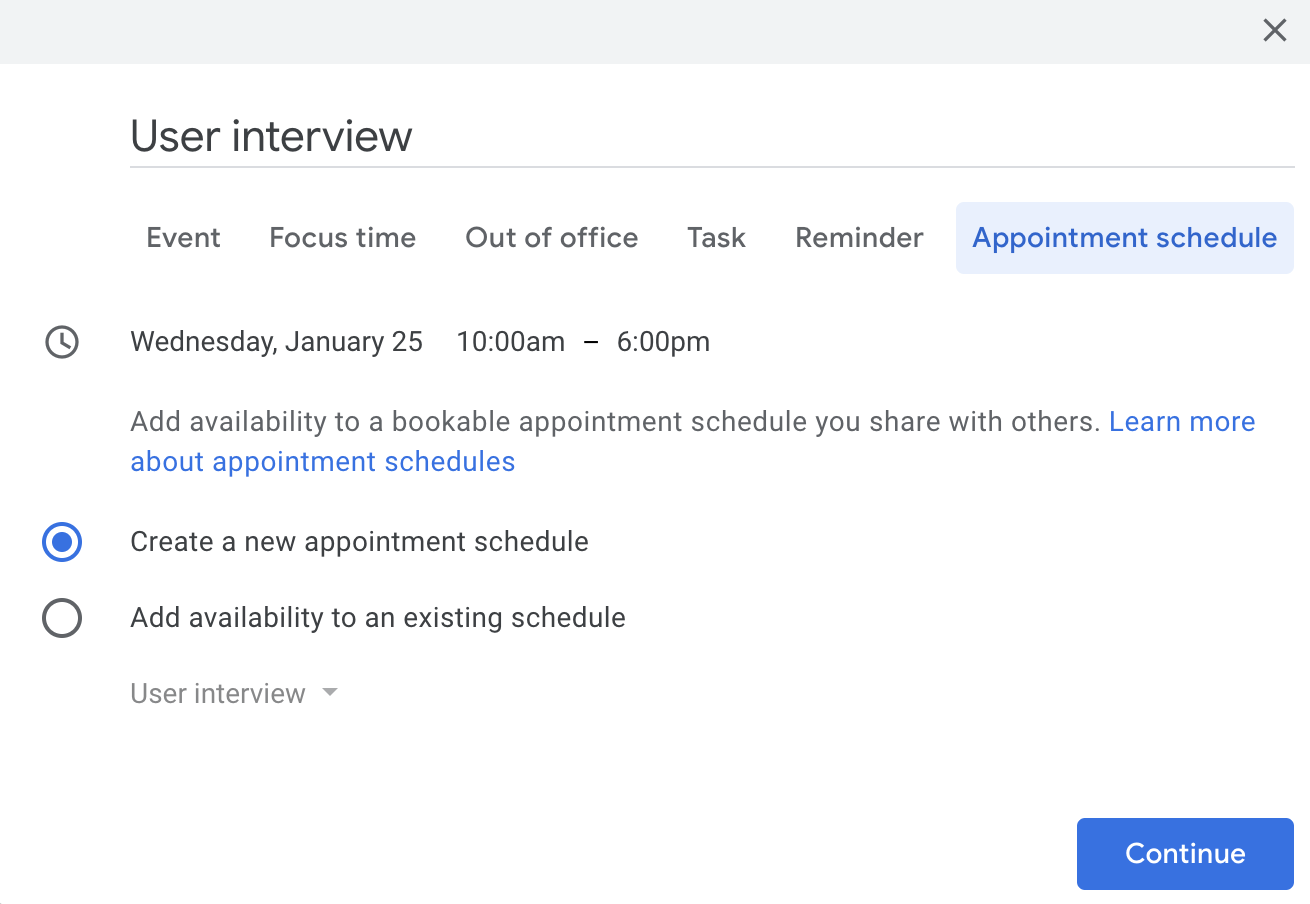Define the target population
The first step in recruiting participants is to define the target population. You can use persona documents or google analytics reports to identify the specific characteristics of the users you want to recruit. For example, you can set age, gender, occupation, or location as screener criteria. Add psychographics into the mixture too. Think in terms of behaviors, lifestyles, experience with a specific technology and other factors that might influence people’s attitudes toward your research subject.
Also, It is important to have a diverse group of participants to ensure that the data collected is representative of the overall population.

Define number of participants
Number of participants needed for a user research can vary depending on the context and method. If you are conducting a qualitative study, for each persona type you should aim for around 5-8 participants. A diverse range of perspectives and experiences can lead to more robust and reliable findings. If you are conducting a quantitative study, or any other unmoderated study, a larger sample size (n>30) is welcomed. It can help you minimize the impact of outliers and chance events. When recruiting the participants, keep in mind that the average response rate is something around 10%.

Pick your recruitment tool
You have many options to recruit the participants:
- ask your client if they have access to the end or target users
- use steps from the Prolific chapter to recruit non-croatian participants
- use our internal database to recruit participants from Croatia
- if the product is live, you can use Intercom HotJar, or similar tools to recruit participants
- use #infinum Slack channel and ask if they happen to know someone who fits the target audience
- be creative and use social media groups and personal networks to recruit the right people.
Tweak your screener criteria depending on the recruitment tool’s offer
Depending on the offer, you might need to tweak the criteria you have set. Some recruitment tools (Prolific, for example) support more complex screener criteria, such as hobbies, experience with a specific technology, health issues, employment sector, etc. Most of the other ones stick with the basic demographic data.

Use incentives
Offering incentives can be an effective way to attract participants to your research. These incentives can include monetary compensation, gift cards, merch bags filled with t-shirts, cups, socks… or other rewards that you arrange with your client.

Prepare an NDA and consent to participate in the study
If you are using Prolific or Useberry you can follow the instructions in the dedicated chapter. If you are using any other tool or method — you should add a new Productive task on Human Resources: Administration - shortlist. Set the task in private, list participant's email addresses in the description, and attach the versions of NDA and Consent that participants need to sign. Colleagues from HR will ping you as participants start signing the documents.
Generate a scheduling link (if you are conducting a moderated study)
Use Google Calendar’s appointment scheduler. Generate a link using which your participants can select the time slots that work best for them. Keep in mind that our users work and live all over the world, so try to be flexible and offer options that are not in the middle of the night for your users. If you’re using Google appointment scheduler, make sure to set up a few reminders to be sent to participants. A day, an hour, and 30 minutes before might be the best combination.

Send the invitation out!
Send out reminder & prep email to the scheduled participants (if you are conducting a moderated study): Adjust the 🔒 prep email for your needs and send it out, so participants know what to expect and prepare for the session.
